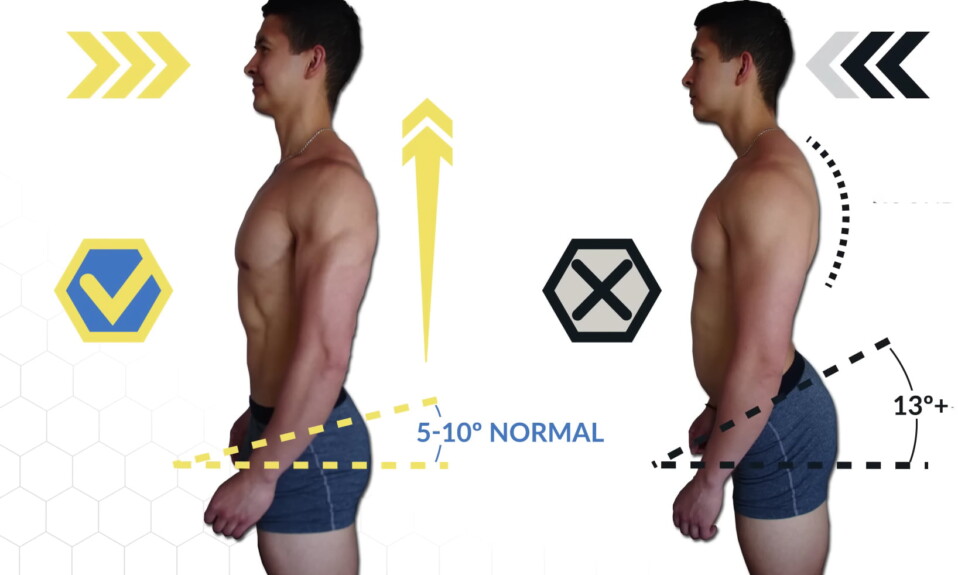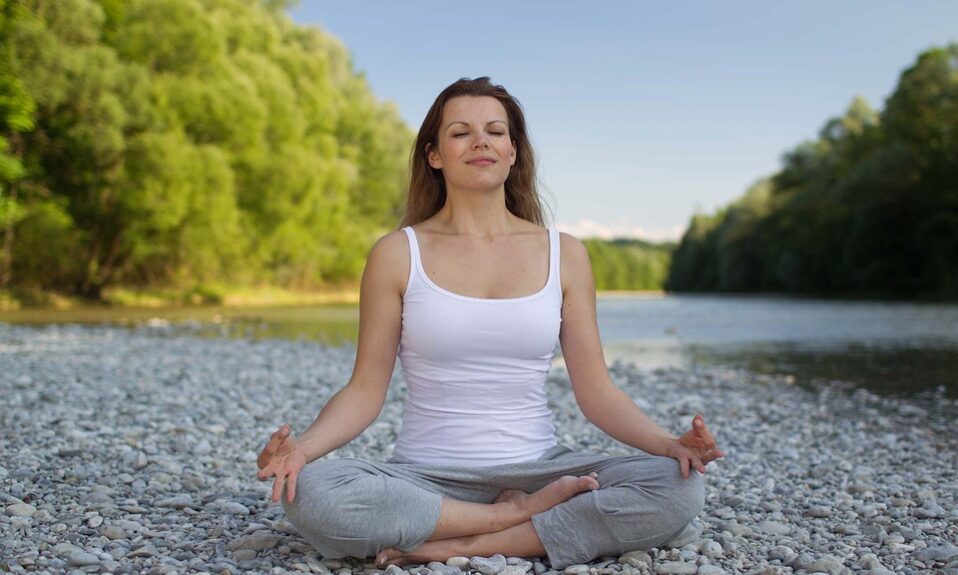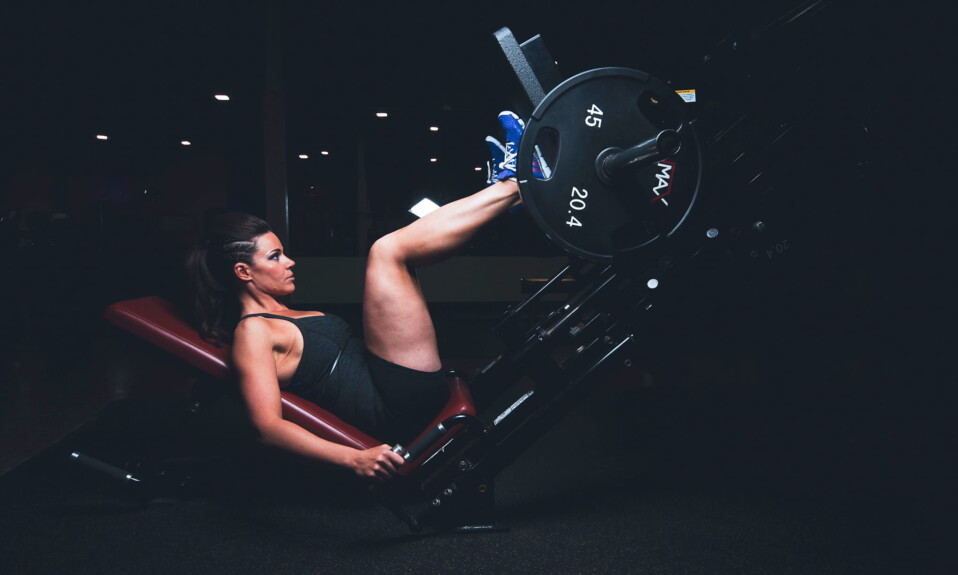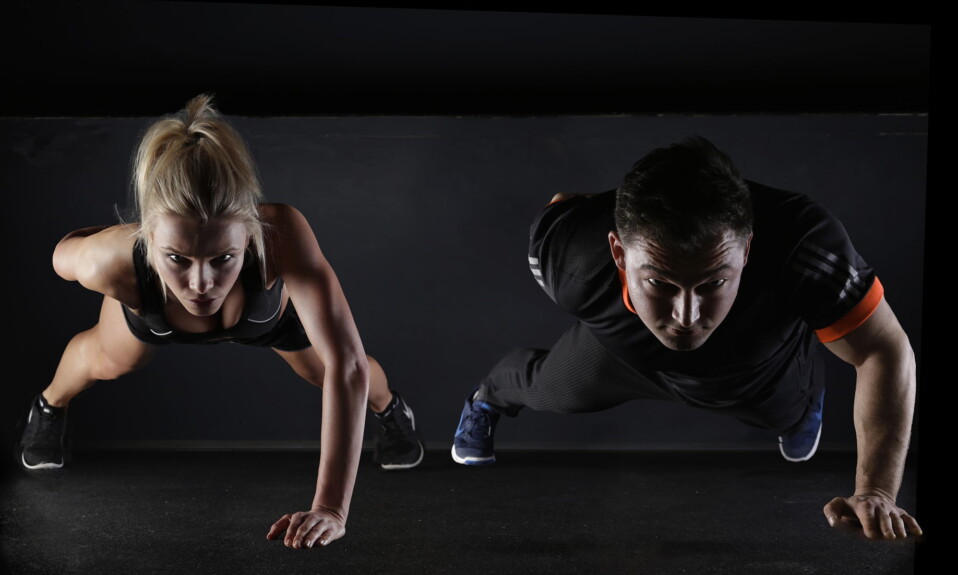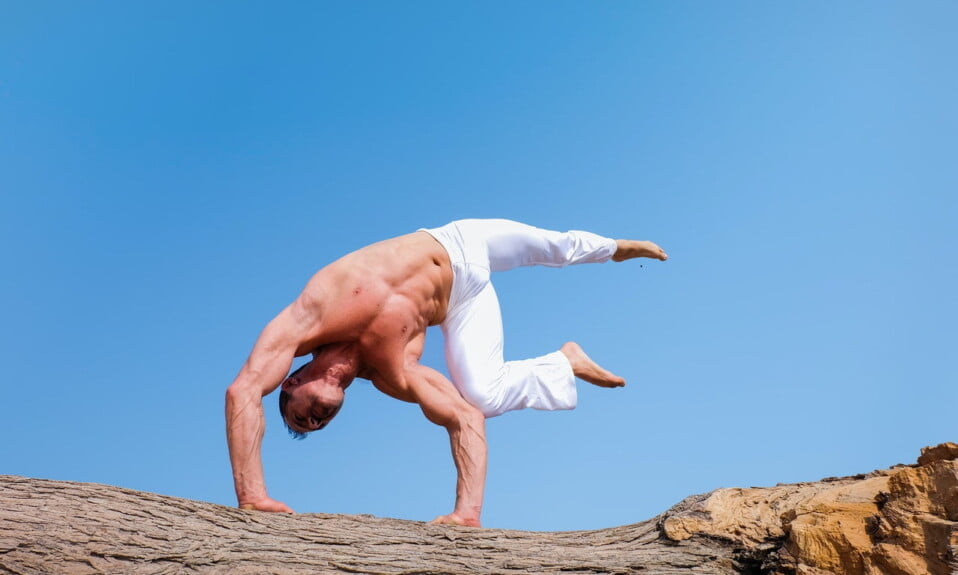Having good posture is important for overall health and well-being, and it can also help you appear taller. Poor posture can cause muscle imbalances, pain, and fatigue, and it can make you appear shorter than you actually are. On the other hand, good posture can help you look taller, improve your confidence, and prevent health problems.
If you want to increase your height, a perfect posture routine can help. Here are some tips for creating a posture routine that can help you increase your height.
Stand up straight is Perfect Posture Routine to Increase Your Height
Standing up straight is the foundation of good posture and can help you appear taller. When standing up straight, keep your feet hip-width apart and engage your core muscles. This will help you maintain a balanced and stable position.
Lifting your chest can also help improve your posture and make you appear taller. To do this, imagine a string attached to the top of your head, pulling you upwards. This will help you avoid slouching or rounding your shoulders, which can make you appear shorter.
In addition to standing up straight, it is important to avoid slouching or rounding your shoulders. These bad posture habits can cause muscle imbalances, pain, and fatigue, and they can make you appear shorter. By standing up straight and avoiding slouching or rounding your shoulders, you can improve your posture and appear taller.
Stretch regularly is Perfect Posture Routine to Increase Your Height
Stretching is an important part of maintaining good posture and can help you appear taller. By regularly stretching your back, neck, and shoulders, you can help improve your posture and prevent muscle imbalances.
When stretching, focus on stretching the muscles in your upper body, particularly your back, neck, and shoulders. These muscles support your spine and help you maintain good posture. Stretching these muscles can help improve your posture and prevent muscle imbalances that can cause pain and fatigue.
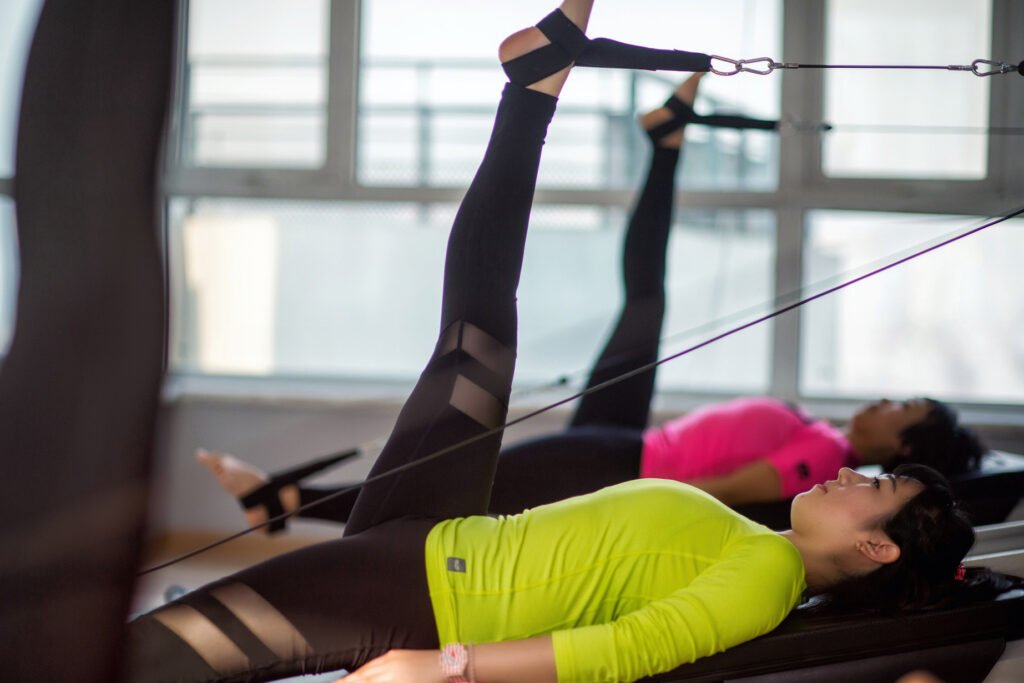
To stretch your back, try lying on your back and pulling your knees to your chest. This will stretch the muscles in your lower back and can help improve your posture. To stretch your neck, try gently tilting your head to the side and holding for a few seconds. This will stretch the muscles in your neck and can help prevent neck pain and stiffness. To stretch your shoulders, try reaching behind your back and interlacing your fingers. Gently lift your hands upwards to stretch your shoulders.
Incorporating regular stretching into your posture routine can help improve your posture and make you appear taller. By stretching your back, neck, and shoulders, you can prevent muscle imbalances and maintain good posture.
Strengthen your core muscles is Perfect Posture Routine to Increase Your Height
Strong core muscles are essential for good posture and can help you appear taller. Your core muscles, which include your abdominal and back muscles, support your spine and help you maintain good posture. By strengthening your core muscles, you can improve your posture and prevent muscle imbalances that can cause pain and fatigue.
There are many exercises you can do to strengthen your core muscles and improve your posture. Planks, push-ups, and sit-ups are all effective exercises for strengthening your core. To do a plank, start by lying on your stomach and propping yourself up on your elbows and toes. Hold this position for 30 seconds to a minute, and then repeat. To do a push-up, start in a plank position and then lower your body towards the ground, keeping your core muscles engaged. To do a sit-up, lie on your back with your knees bent and your feet on the ground. Engage your core muscles and lift your upper body towards your knees.
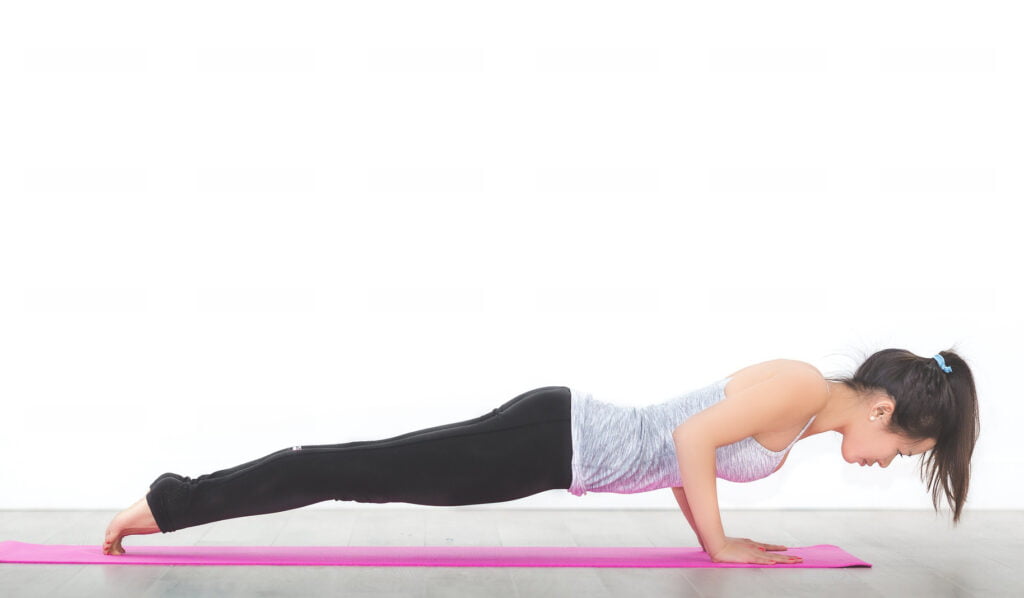
Incorporating these exercises into your posture routine can help you strengthen your core muscles and improve your posture. Strong core muscles are essential for good posture and can help you appear taller. By regularly doing exercises like planks, push-ups, and sit-ups, you can strengthen your core and improve your posture.
Use posture-correcting devices
Posture-correcting devices can be a helpful addition to your posture routine. Posture braces and standing desks are two examples of posture-correcting devices that can help you maintain good posture throughout the day.

Posture braces
Posture braces are devices that you wear around your upper body to help remind you to stand up straight and maintain good posture. They provide support for your back and shoulders, and can help prevent slouching and rounding of the shoulders. Wearing a posture brace can be a helpful reminder to maintain good posture, and can help prevent bad posture habits from forming.
Standing desks
Standing desks are another type of posture-correcting device that can help you maintain good posture throughout the day. Standing desks allow you to work while standing, which can help improve your posture and prevent slouching. By using a standing desk, you can avoid sitting for long periods of time, which can cause muscle imbalances and poor posture.
Using posture-correcting devices, like posture braces and standing desks, can help you maintain good posture throughout the day. These devices can be a helpful reminder to stand up straight and can prevent bad posture habits from forming. By using posture-correcting devices, you can improve your posture and appear taller.
Monitor your posture throughout the day

Monitoring your posture throughout the day is an important part of maintaining good posture and appearing taller. It is easy to develop bad posture habits without realizing it, so it is important to regularly check your posture and make adjustments as needed.
One way to monitor your posture is to use a mirror. Stand in front of a full-length mirror and check your posture. Make sure your feet are hip-width apart, your core muscles are engaged, and your chest is lifted. Avoid slouching or rounding your shoulders, and make any necessary adjustments to improve your posture.
Another way to monitor your posture is to ask a friend or family member to check your posture for you. Have them stand behind you and observe your posture. They can give you feedback on any areas where you may be slouching or rounding your shoulders, and can help you make adjustments to improve your posture.
Monitoring your posture throughout the day is important for maintaining good posture and appearing taller. By regularly checking your posture and making adjustments as needed, you can improve your posture and avoid developing bad posture habits.
Summary
To create a perfect posture routine, start by standing up straight and focusing on maintaining good posture throughout the day. Regular stretching and core-strengthening exercises can also help improve your posture. Consider using posture-correcting devices, like posture braces or standing desks, to help you maintain good posture. Finally, monitor your posture throughout the day and make adjustments as needed. By following these tips, you can create a perfect posture routine that can help you increase your height and improve your overall health.

